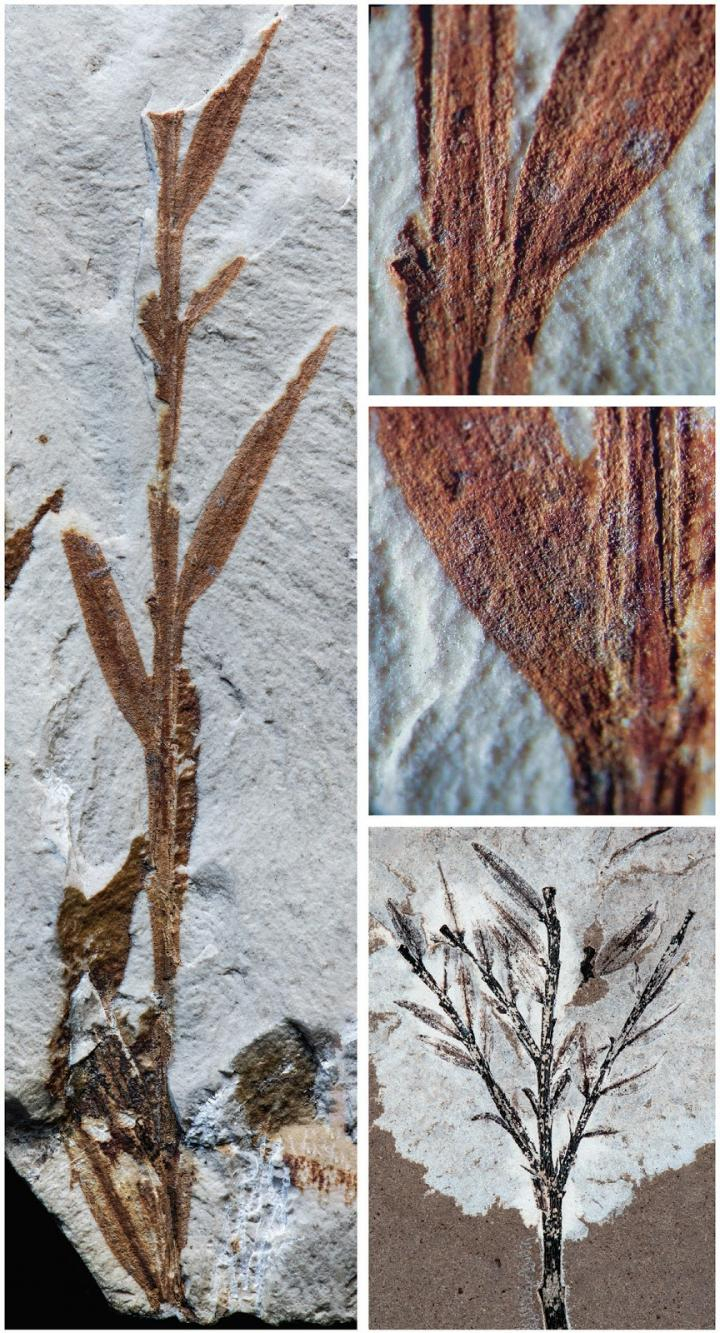A fossilised leafy branch from the early Eocene in Patagonia, discovered in 1941 and remained the oldest bamboo fossil ever since belonging to the ancient Gondwana period has been declared a confer by scientists now.
The latest recent examination by Dr. Peter Wilf from Pennsylvania State University revealed that it was the actually of the family Chusquea oxyphylla. The findings, published in the journal Phytokeys, show that it is actually a conifer.
The corrected identification is significant since it was the only bamboo macrofossil from the ancient southern supercontinent of Gondwana. The other oldest microfossil evidence for bamboo in the Northern Hemisphere belongs to the Middle Eocene, while other South American fossils are not older than Pliocene.

Over the last decades, some researchers wanted to examine whether the Patagonian fossil was really a bamboo or even a grass species at all but all that they have is just a piece of photograph found in the original publication from 1941 by the famous Argentine botanists Joaquín Frenguelli and Lorenzo Parodi.
In his recent study of the holotype specimen at Museo de La Plata, Argentina, Dr. Peter Wilf revealed that the fossil does not resemble the Chusquea genus or any bamboo family.
"There is no evidence of bamboo-type nodes, sheaths or ligules. Areas that may resemble any bamboo features consist only of the broken departure points of leaf bases diverging from the twig. The decurrent, extensively clasping leaves are quite unlike the characteristically pseudopetiolate leaves of bamboos, and the heterofacially twisted free-leaf bases do not occur in any bamboo or grass," wrote Dr. Wilf.
Rechristened name combines old one too
He linked the holotype to the fossils of the conifer genus Retrophyllum from the same fossil site, the prolific Laguna del Hunco fossil lake-beds in Chubut Province, Argentina and said it matches precisely the distichous fossil foliage form of Retrophyllum spiralifolium. It was confirmed based on data of 82 specimens collected from both Laguna del Hunco and the early middle Eocene Río Pichileufú site in Río Negro Province. Retrophyllum is a genus of six living species of rainforest conifers, which lie in the Neotropics and the tropical West Pacific.
After confirming firmly that Chusquea oxyphylla has nothing in common with bamboos, Wilf renamed it preserving the old name too as combined form -- Chusquea oxyphylla and Retrophyllum spiralifolium into Retrophyllum oxyphyllum.









